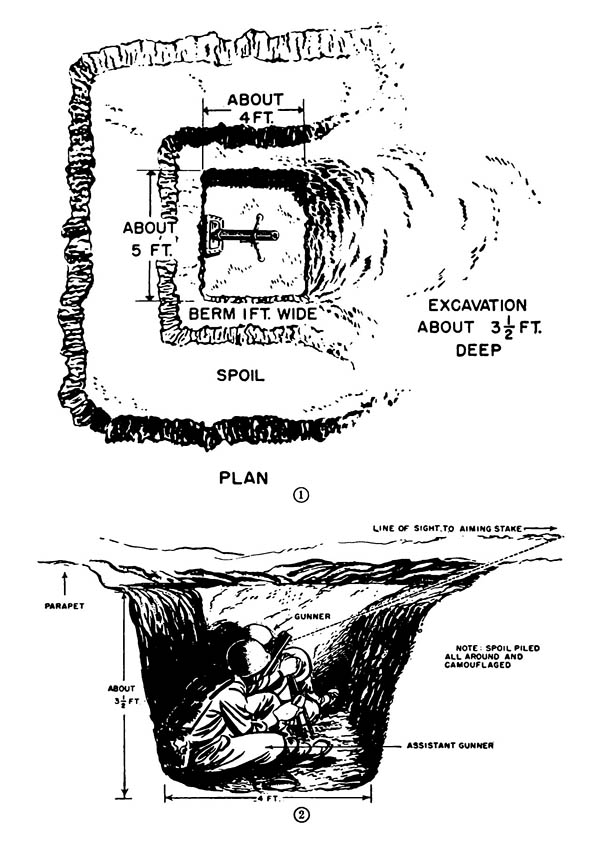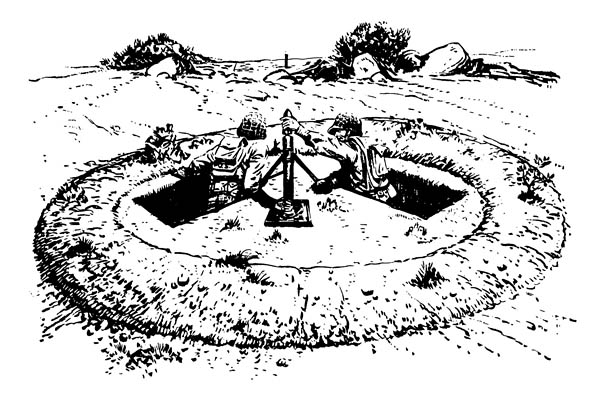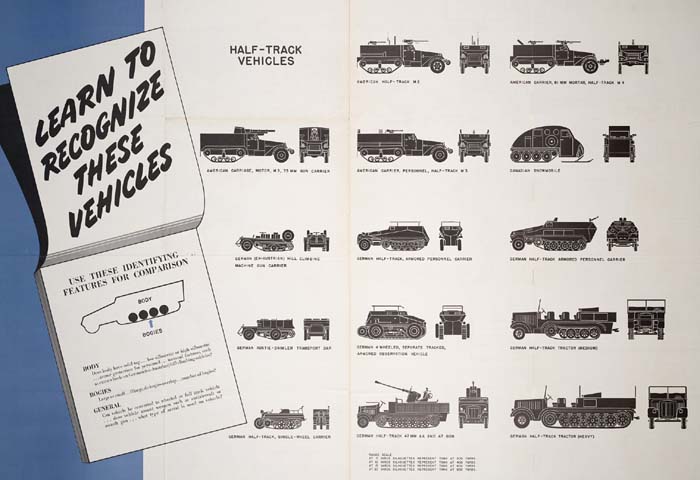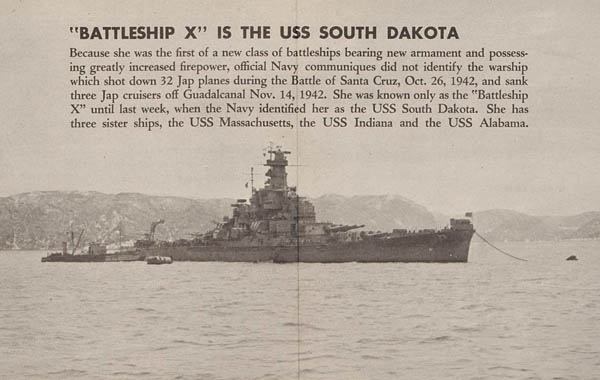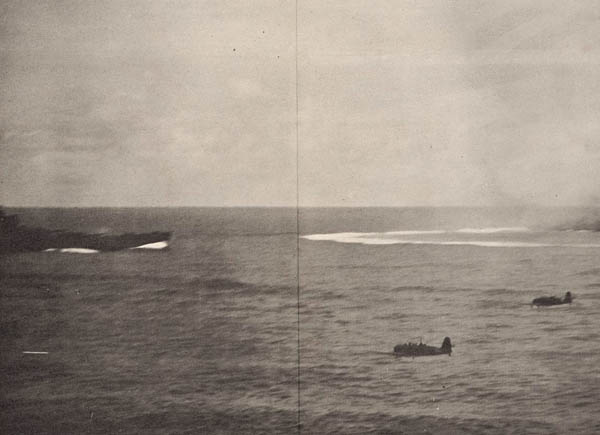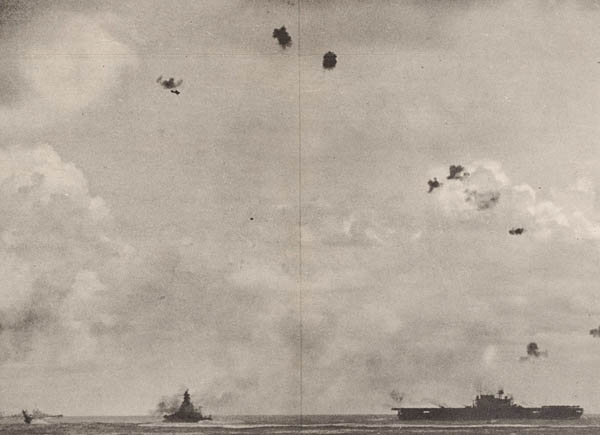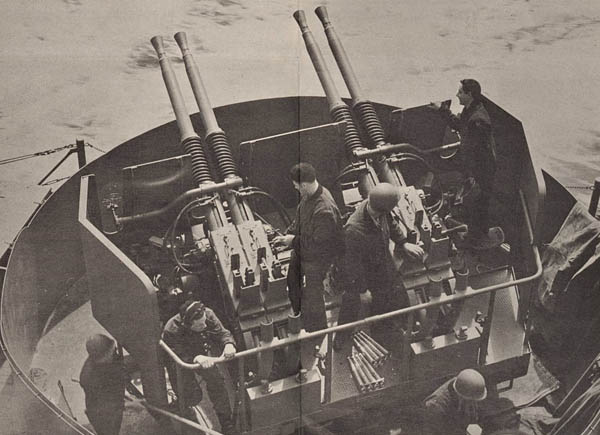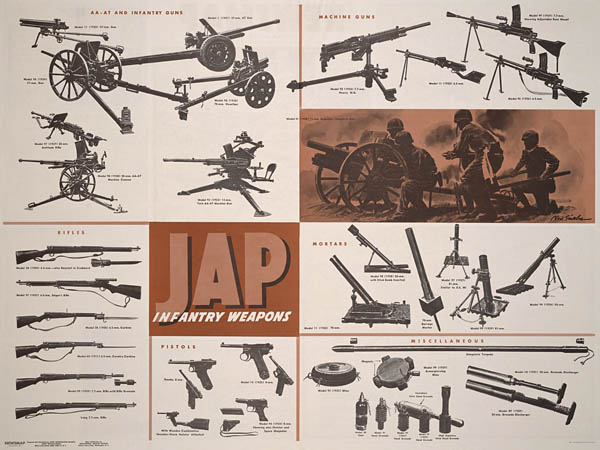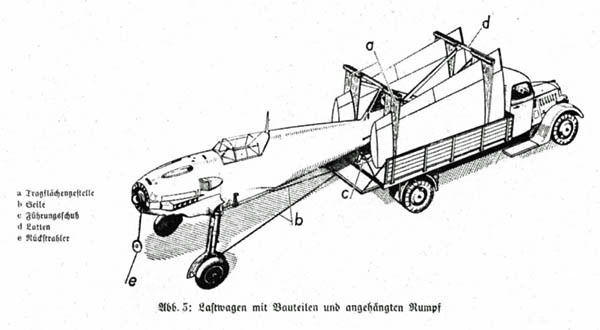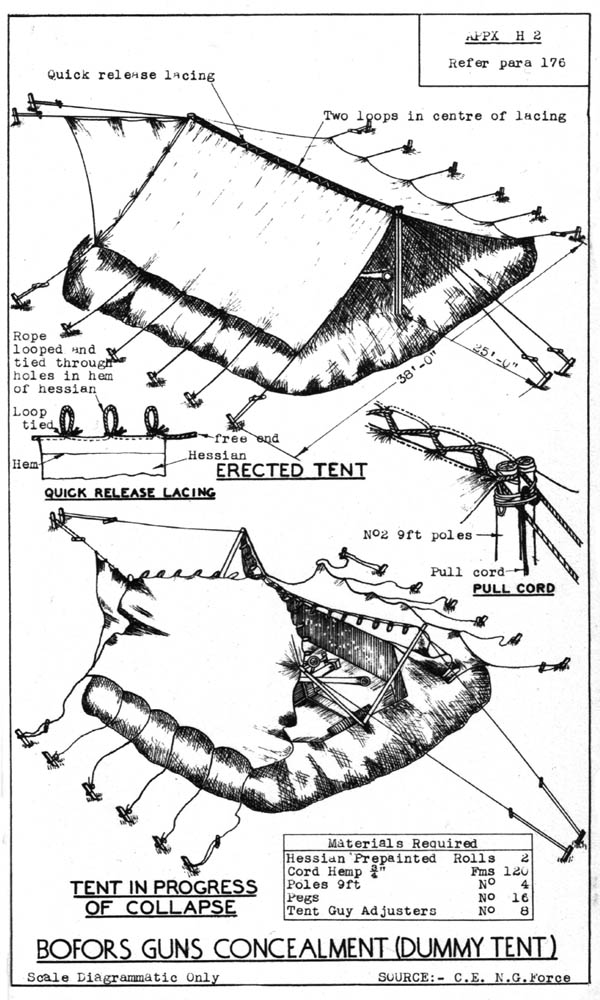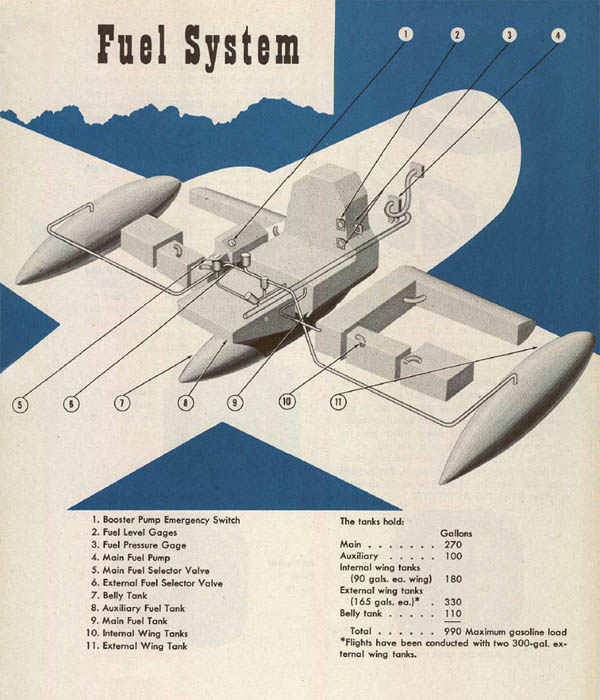Caliber .30 and .50 Browning aircraft machine guns for aircraft from Index of Aeronautical Equipment with Navy and British Equivalents: Volume 5, Armament, March 1944.
AIRCRAFT MACHINE GUNS
Aircraft machine guns are used offensively or defensively against enemy aircraft or ground objectives, and are fired from fixed, flexible, or turret installations.
The caliber .30 and .50 Browning aircraft machine guns are recoil-operated, belt-fed, and air-cooled. Upon depressing the trigger, the gun operation becomes fully automatic, and it will continue to fire within the limit of the ammunition supply or until the trigger is released. Firing is accomplished manually by depressing the trigger, or electrically by a solenoid which is operated from a gun switch. The recoil of the gun supplies the power necessary to extract ammunition from the belt, feed it into the chamber, cock and fire the gun, eject the empty cartridge case, and move the next round into the feedway. Charging the gun for initial firing, or following stoppages, is performed manually, by retracting the handle of the slide group assembly, or remotely, by operating the control valve of a pneumatic or hydraulic gun charger.
These guns may be fed from the left or right side, and may be convened to either feed by reversing a few minor parts. A disintegrating metallic link belt is normally used to supply ammunition to the guns. The belt separates into individual links upon the removal of the loaded cartridge.
Guns may be mounted in the fuselage or in the wings, and require the use of gun mounts or adapters, depending upon the individual installation. When mounted to fire through the propeller arc, the gun must be equipped with a synchronizer, to prevent damage to the propeller.
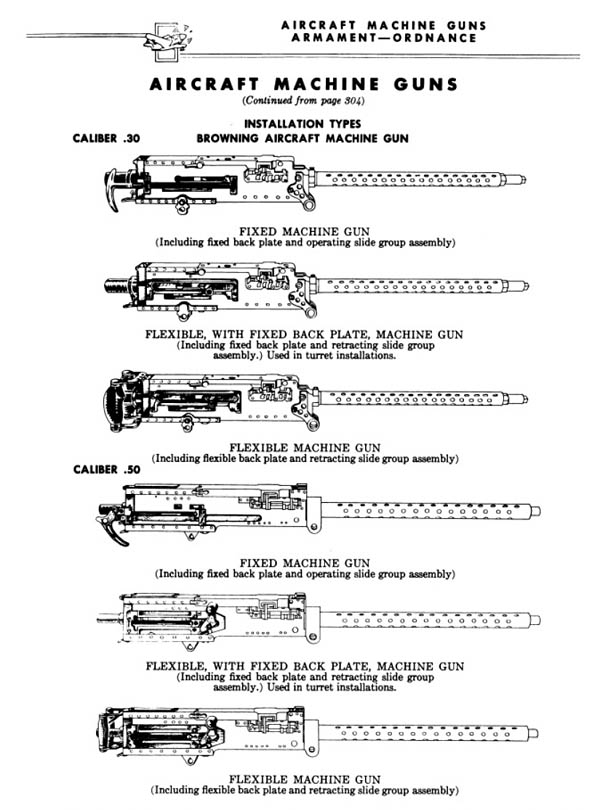
AIRCRAFT MACHINE GUNS
INSTALLATION TYPES: BROWNING AIRCRAFT MACHINE GUN
CALIBER .30
• FIXED MACHINE GUN
(Including fixed back plate and operating slide group assembly)
• FLEXIBLE, WITH FIXED BACK PLATE, MACHINE GUN
(Including fixed back plate and retracting slide group assembly.) Used in turret installations.
• FLEXIBLE MACHINE GUN
(Including flexible back plate and retracting slide group assembly)
CALIBER .50
• FIXED MACHINE GUN
(Including fixed back plate and operating slide group assembly)
• FLEXIBLE, WITH FIXED BACK PLATE, MACHINE GUN
(Including fixed back plate and retracting slide group assembly.) Used in turret installations.
• FLEXIBLE MACHINE GUN
(Including fixed back plate and operating slide group assembly)

